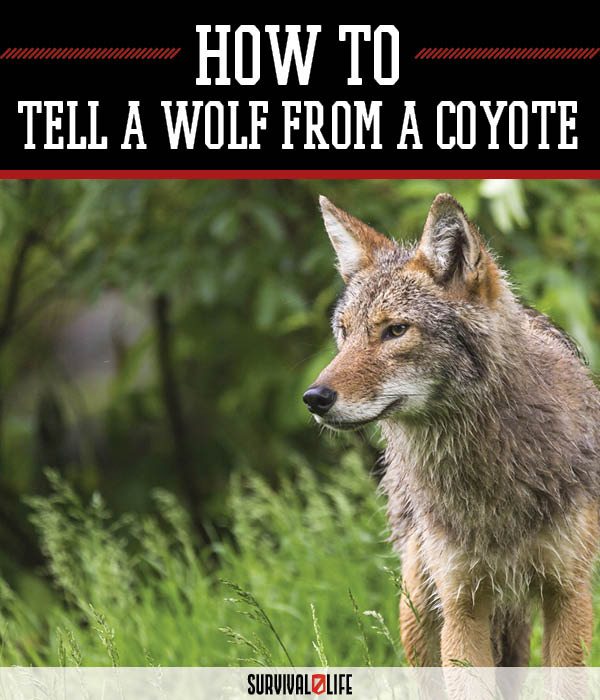

Larson said coywolves can have similar color or blond, as red as a red fox or even black.

While Western coyotes are gray or tan colored, Ms.

Not only are coywolves larger than Western coyotes, they are seen in many different colors. Way, and appear to be as large as a deer. Gray, or Western wolves, may weigh up to 120 pounds, according to Mr. They are still significantly smaller than Eastern wolves, which are likely their cousins, and can weigh 80 pounds, Mr. The coywolves weigh 30 to 40 pounds, about 20 percent heavier than their counterparts out west. The reason people might think the coywolves are wolves is they are much larger than Western coyotes. Other than the visit by a wolf to Shelburne Falls, the only other place in New England where there have been confirmed wolf sightings is in Maine. Originally hybrid coyote-wolves, the animals picked up dog DNA sometime in the 1920s,” Mr. “It was created in around 1919 in Algonquin Park in Southern Ontario, about 150 miles north-northwest of New York. The coyote-dog connection is a more recent discovery. Genetic testing of Eastern coyotes, or coywolves, found they are about 60 percent coyote, 30 percent Eastern wolf and 10 percent dog, Mr. Way said he prefers to call the animals coywolves and believes they may be a new species, rather than the Western coyote’s Eastern cousin. Way, a research scientist affiliated with the Clark University George Perkins Marsh Institute. “I don’t like the term coyote,” said Jonathan G. The Eastern coyotes also may not be coyotes, but a hybrid of three types of canid subspecies. It proved to be a wolf that likely wandered down to Massachusetts from Canada. The day after the investigation was conducted, they were called back to inspect what the farmer felt was a very large coyote. That was in Shelburne Falls when state wildlife biologists were called out when several sheep were killed at a farm. There has been one confirmed wolf sighting in the state since the 1800s, Ms. To set the record straight, Marion Larson of the state Division of Fisheries and Wildlife said the animals are not wolves. The recent sightings come during their breeding season, which runs from January to April but is at its height in mid-February. Attitudes toward a variety of control strategies were examined, and distinguished among the general public and livestock producers.WESTBORO - Sightings of Eastern coyotes have been escalating recently, but as reports of the crafty and adaptable creatures have been increasing so have misidentifications as wolves. Finally, the study explored attitudes toward predator control, in particular alternative methods for limiting coyote depredations of livestock. Additionally, groups characterized by relatively great like or dislike of predators were contrasted regarding basic attitudes toward animals.

Knowledge of animals and, in particular, predators was also examined and compared across various demographic groups. Attitudes toward the wolf, coyote, and other predators were compared with attitudes toward other species, and factors identified as possibly accounting for these differences in species preference. The views of livestock producers-mainly cattlemen and sheep producers-were also explored. Comparisons were made among a variety of demographic groups distinguished by age, sex, region of residence, urban-rural residence, education, and occupation. Responses to questions regarding attitudes toward wolves, coyotes, and a variety of other predators were analysed. Additionally, special mail surveys of cattle and sheep producers and trappers were conducted. Each respondent was personally interviewed in his or her home for approximately one hour. The data for this paper were derived from a national study of animal-related attitudes, knowledge, and behaviours among 3107 randomly selected Americans residing in the 48 contiguous states and Alaska. This paper explores American attitudes toward, and knowledge of, predators, particularly the wolf and coyote.


 0 kommentar(er)
0 kommentar(er)
